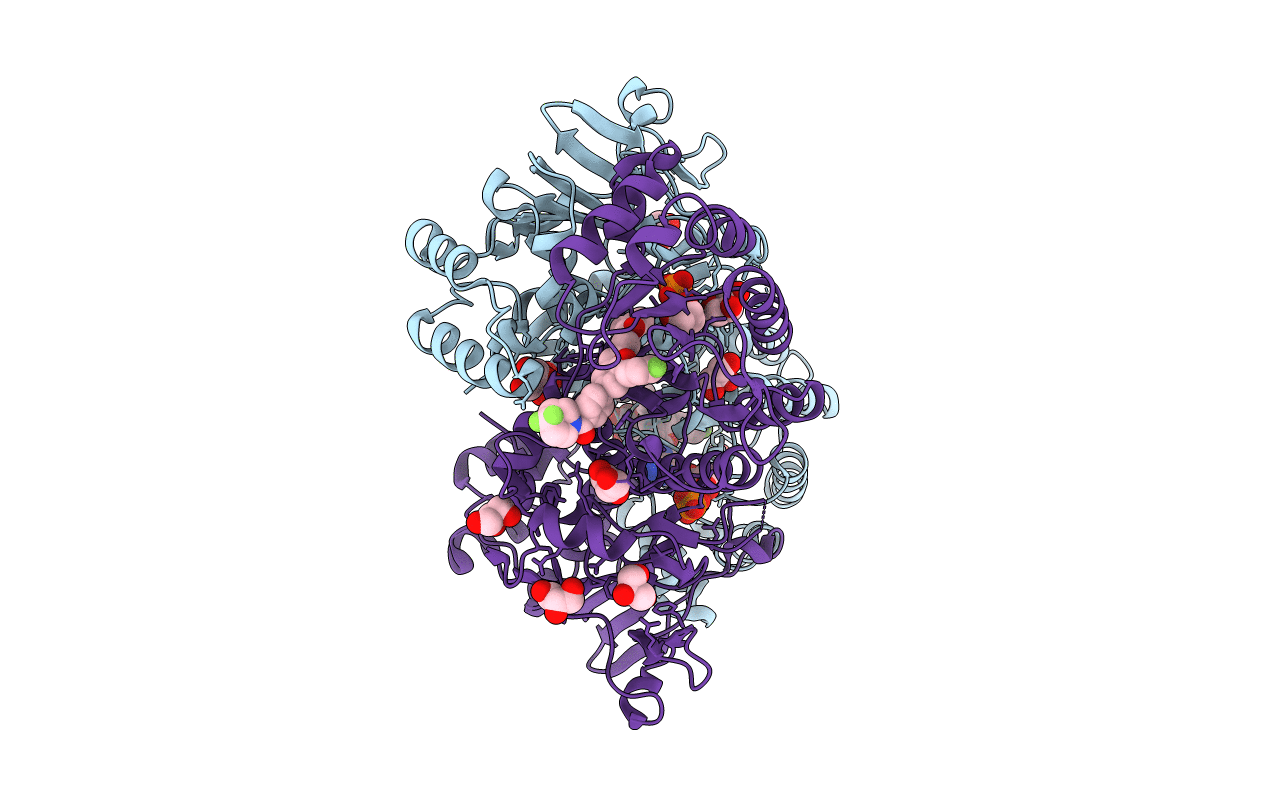
Deposition Date
2017-04-26
Release Date
2018-02-14
Last Version Date
2024-05-08
Method Details:
Experimental Method:
Resolution:
2.05 Å
R-Value Free:
0.28
R-Value Work:
0.23
R-Value Observed:
0.23
Space Group:
P 1 21 1


